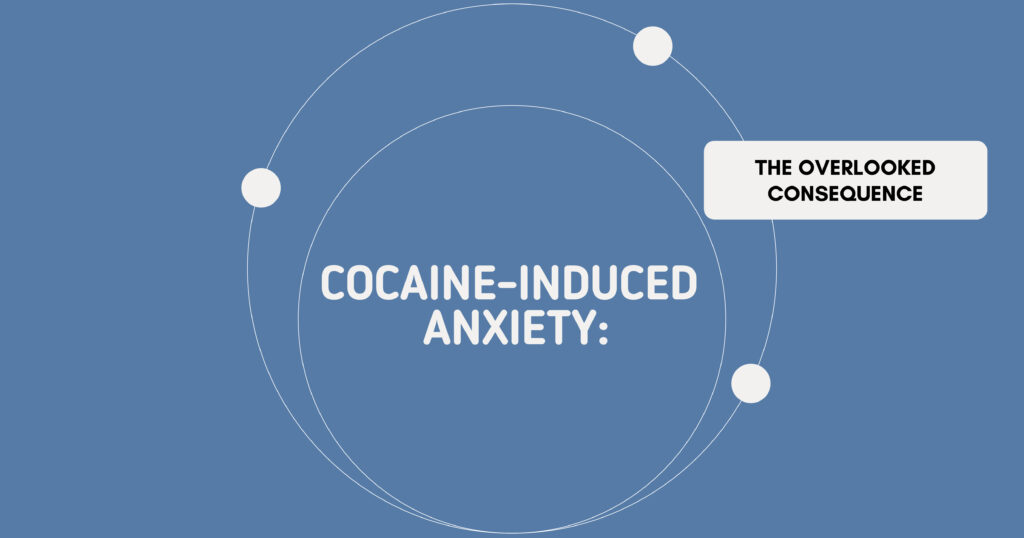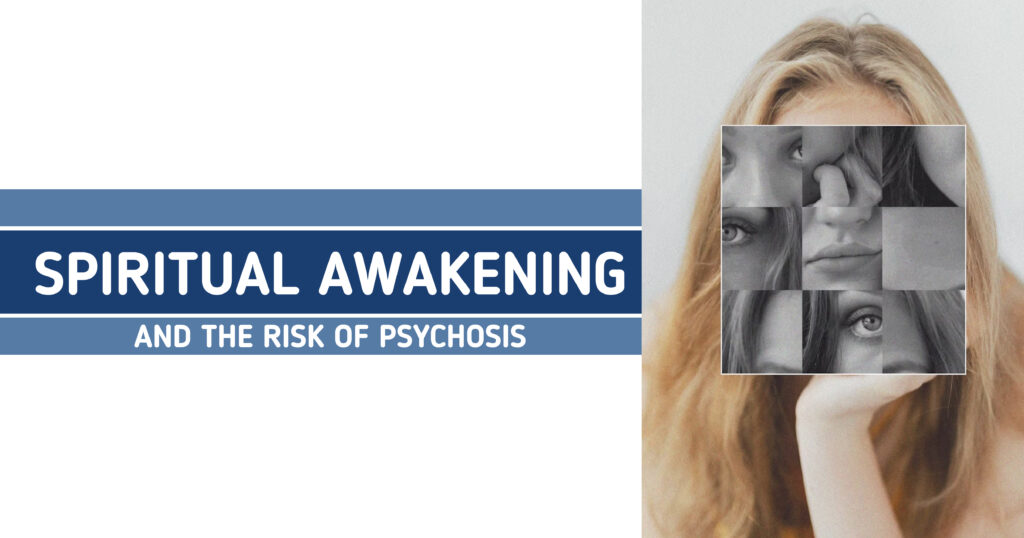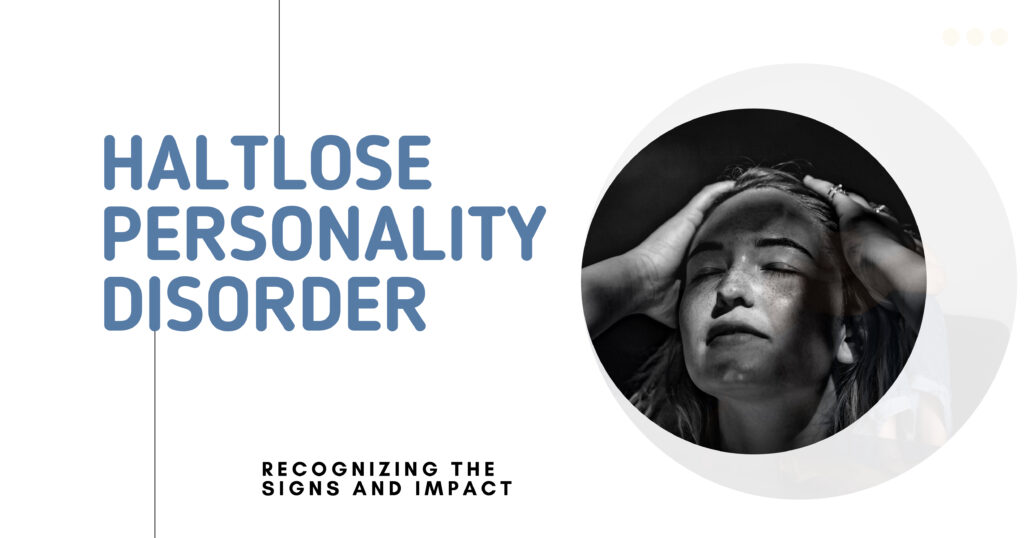The rush feels invincible – until the crash hits like a freight train. Cocaine induced anxiety transforms euphoria into terror through stimulant effects, cocaine withdrawal, and psychological effects. This blog examines panic attacks, anxiety symptoms, drug dependence, substance abuse, and mental health impacts to reveal the hidden toll and recovery path.
The Neurochemical Hijacking of Cocaine
Cocaine floods the brain with dopamine, blocking reuptake for intense pleasure. Immediate effects:
- Euphoria peak: 15-30 minutes of god-like confidence.
- Heart rate surge: 100-150 bpm, blood pressure spike.
- Hypervigilance: Paranoia, “they’re after me.”
- Adrenaline storm: Fight-or-flight without threat.
- Sleep sabotage: Insomnia amplifies next-day anxiety.
The table shows cocaine’s brain timeline:
| Time After Use | Neurochemical State | Anxiety Risk | Physical Symptoms |
| 0-30 min | Dopamine flood | Low euphoria masks | Pupil dilation, sweating |
| 30-90 min | Dopamine crash begins | Rising irritability | Cravings, restlessness |
| 2-6 hours | Norepinephrine depletion | High panic possible | Fatigue, depression |
| 6-24 hours | Serotonin imbalance | Peak full anxiety | Insomnia, muscle tension |
San Diego Mental Health
Stimulant Effects: From High to Horror
Cocaine’s stimulant effects create:
- False threat detection: Amygdala hyperactivity.
- Racing thoughts: Mind won’t shut off.
- Muscle tension: Jaw clenching, chest tightness.
- Gastrointestinal distress: Nausea, appetite loss.
- Temperature dysregulation: Hot flashes, chills.
The National Institute on Drug Abuse cocaine fact sheet details acute risks.
Cocaine Withdrawal: The Anxiety Avalanche
Withdrawal begins 90 minutes post-use, peaking 24-72 hours. Symptoms:
- Crashing mood: Deep depression, suicidal ideation.
- Extreme fatigue: Yet unable to sleep.
- Intense cravings: Trigger panic when denied.
- Paranoia persistence: “Dealers are coming.”
- Anhedonia: Nothing feels good anymore.
The table contrasts acute vs. protracted withdrawal:
| Withdrawal Phase | Duration | Anxiety Type | Management Need |
| Acute (Crash) | 1-3 days | Panic, agitation | Medical detox |
| Subacute | 1-4 weeks | Generalized, sleep-focused | Therapy, medication |
| Protracted (PAWS) | 1-6 months | Waves, trigger-based | Long-term support |
Panic Attacks: The Body’s False Alarm
Cocaine primes the fight-or-flight system. Panic triggers:
- Heart palpitations: Feels like heart attack.
- Shortness of breath: “I can’t breathe.”
- Dizziness: Room spinning, fainting fear.
- Depersonalization: “This isn’t real.”
- Fear of dying: Conviction of imminent death.
60% of users experience at least one panic attack.
Drug Dependence: The Mental Health Multiplier
Dependence worsens everything:
- Tolerance: Need more for same effect.
- Withdrawal avoidance: Use to prevent anxiety.
- Compulsive behavior: Steal, lie, isolate.
- Co-occurring disorders: 50% have depression/anxiety.
- Relapse cycle: 40-60% within one year.
The SAMHSA co-occurring disorders guide addresses dual diagnosis.
San Diego Mental Health
Psychological Effects: Long-Term Scars
Chronic use reshapes the brain:
- Executive function damage: Poor impulse control.
- Emotional volatility: Mood swings without trigger.
- Memory impairment: “Where did I put that?”
- Anxiety disorders: GAD develops in 30%.
- PTSD-like symptoms: Flashbacks to bad highs.
Neuroplasticity allows recovery – abstinence + therapy = 70% improvement in 2 years.
Managing Anxiety Symptoms During Withdrawal
Immediate strategies:
- Medical detox: Benzodiazepines for severe cases.
- Beta-blockers: Control physical symptoms.
- Grounding techniques: 5-4-3-2-1 sensory exercise.
- Sleep hygiene: Melatonin, dark room.
- Nutrition: B-vitamins, omega-3s.
Long-term: CBT, DBT, trauma therapy.
Breaking the Cycle: Treatment Approaches
Evidence-based options:
- CBT: Challenge “I need cocaine to function.”
- CM (Contingency Management): Rewards for clean tests.
- MAT: No FDA-approved for cocaine, but off-label options.
- 12-step/ SMART Recovery: Peer support.
- Family therapy: Heal enabling patterns.

Prevention and Early Intervention
Stop the spiral:
- Education: Know the crash is coming.
- Screening: SBIRT in primary care.
- Harm reduction: Test kits, smaller doses.
- Alternative rewards: Exercise, hobbies.
- Support network: Tell one trusted person.
Early help = 80% better outcomes.
San Diego Mental Health: Your Anchor Through the Storm
When cocaine’s waves crash, expert care keeps you afloat. At San Diego Mental Health, we treat cocaine induced anxiety with evidence-based stimulant effects management, cocaine withdrawal support, and psychological effects healing. From panic attacks to drug dependence recovery, we’re your partner. Contact San Diego Mental Health today to learn more or schedule your path to calm. Your peace is possible.
San Diego Mental Health
FAQs
What are common anxiety symptoms during cocaine withdrawal and how do they impact mental health?
Common symptoms include racing heart, shortness of breath, intense fear, and suicidal thoughts – peaking 24-72 hours post-use. They impact mental health by creating hopelessness and relapse triggers. Professional detox with medical support prevents dangerous escalation.
How can stimulant effects from cocaine use lead to panic attacks and anxiety disorders?
Stimulant effects over-activate the fight-or-flight system, causing heart palpitations and breathing difficulty that mimic heart attacks – triggering panic. Repeated exposure sensitizes the amygdala, leading to anxiety disorders in 30% of users. The brain learns to associate normal sensations with danger.
What is the role of drug dependence in exacerbating mental health issues during substance abuse recovery?
Drug dependence creates tolerance requiring higher doses, intensifying withdrawal anxiety and depression that drive relapse. It damages dopamine systems, making natural pleasures insufficient. Recovery requires treating both addiction and co-occurring mental health disorders simultaneously.
How do the psychological effects of cocaine contribute to long-term mental health challenges?
Psychological effects damage executive function and emotional regulation, leading to impulsivity and mood instability lasting months to years. Chronic use causes structural brain changes visible on MRI. These persist even after abstinence, requiring ongoing therapy.
What strategies can help in managing anxiety symptoms and panic attacks during cocaine withdrawal?
Strategies include medical detox with benzodiazepines, grounding techniques like 5-4-3-2-1, and cognitive restructuring to challenge catastrophic thoughts. Regular therapy teaches distress tolerance skills. Support groups reduce isolation during the critical first 90 days.








